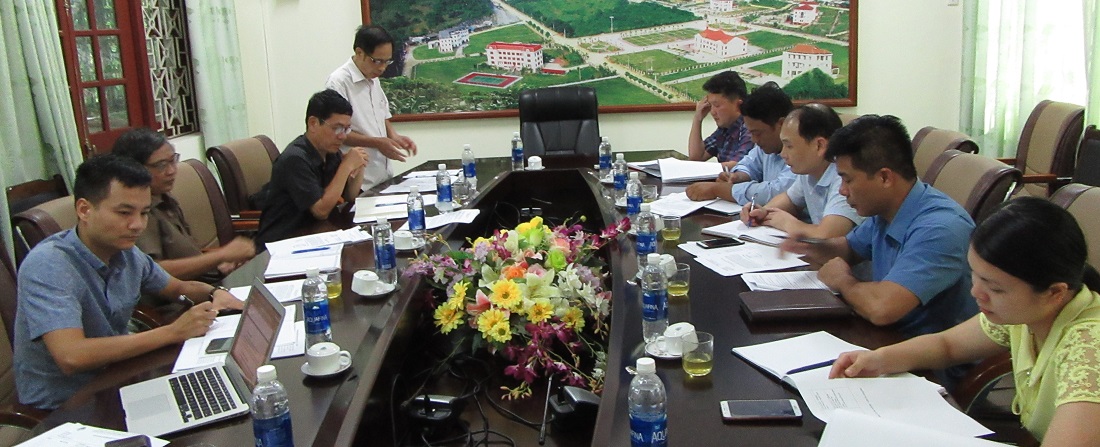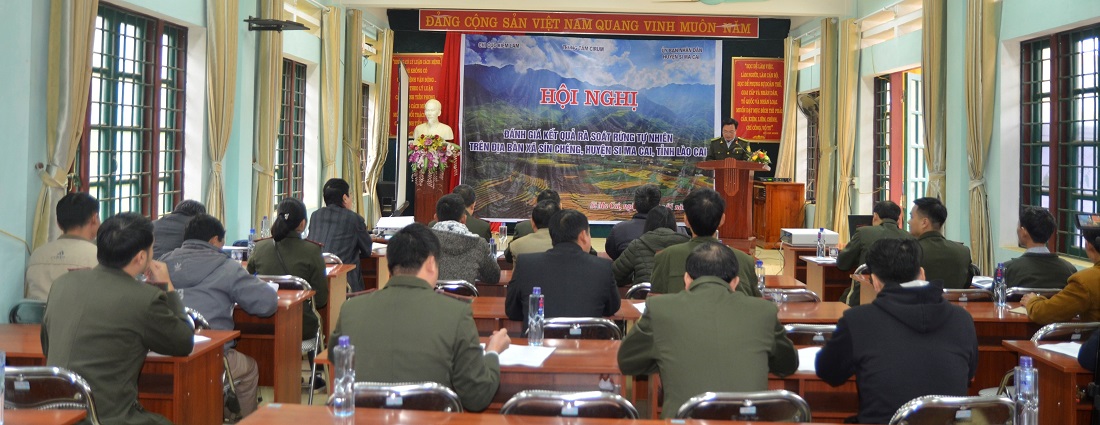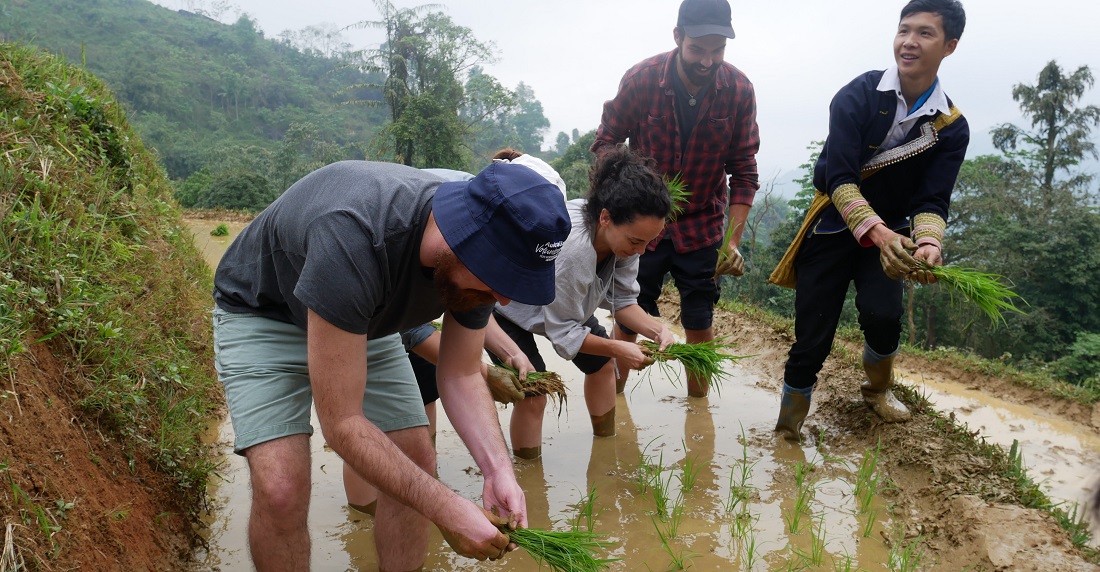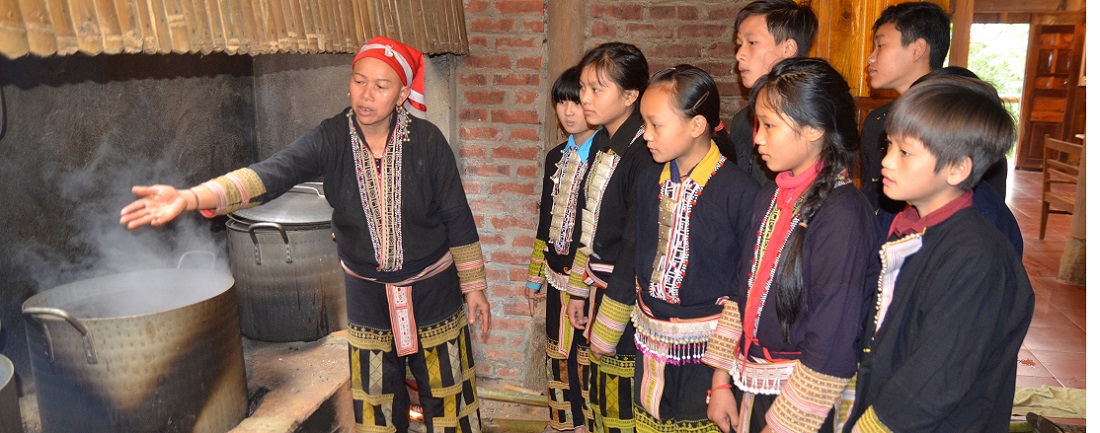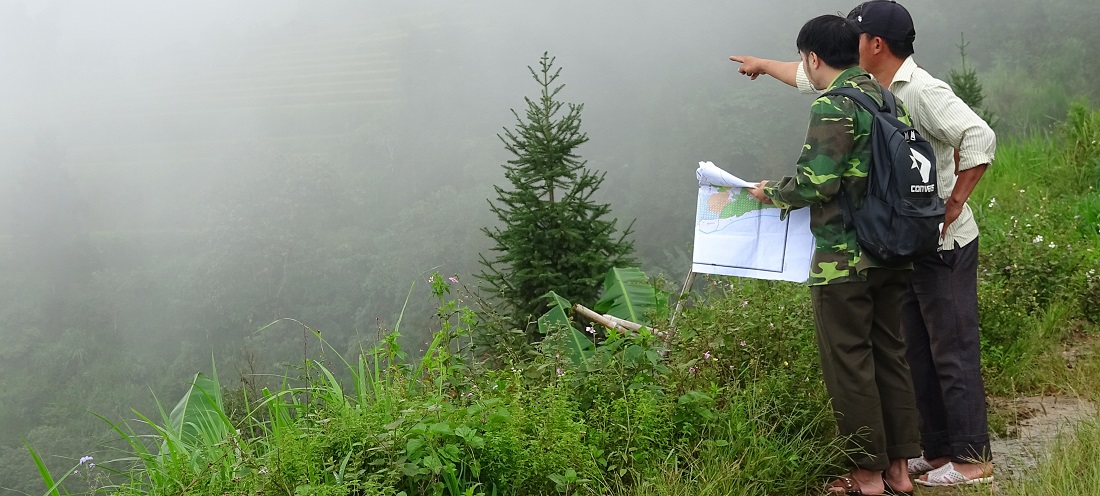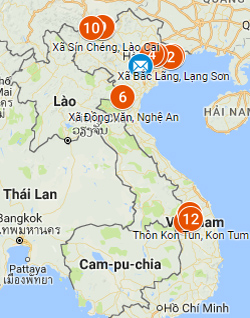News
Return traditional forestland to community and reduce costs issue
-
After the disbandment of a state forestry company in Kon Tum province in 2016, all forestland zone of this company was transferred to a management board (MB) for protection forest in the province. There are areas traditionally used by the community for generations among the mentioned transferred forestland, which include watershed or cemetery.

Cemetery forests exist in the Kon Braih and Đắk Phía villages (top of the upper hill)
Because of the limit of personnel, the mentioned MB had to offer land contract to surrounding villages, each has an average area of 200 hectares. However, the MB did not base on traditional borderline between different villages to allocate watershed area to the relevant village. The MB considers the average area allocated to each village as an act for ‘equality’. Therefore, discrepancy happens while a watershed area of a village is allocated to another village. Consequently, some villages holding the contracted forestland are not actively protecting forest just because the area is not their traditional property.

A watershed area of a village is allocated to another one, causing ineffective protection
A villager of the Kon Rôn village, Ngọc Réo commune, Đắk Hà district said: “watershed area of my village was transferred to Kon Jong village according to the contract between the MB and that village”. At the same time, Kon Jong villagers complain that they are protecting forests for Kon Rôn village. Then there is no one actually being interested in protection of the watershed area, causing a shortage of water source for Kon Rôn villagers. Kon Rôn is the largest village in term of population, and faces the most severe shortage of water in the Ngọc Réo commune. Villagers have to use unqualified water for at least 6 months per year, according to a field research by CIRUM staff in November 2016. A communal officer of the Ngọc Réo commune commented: “Traditional village forestland was transferred and managed by MB, then the MB reallocated temporarily to village according to land contract. So, that means we get the contracted land on our own ancestral forestland, which we have been protecting for several generations”.
From that incongruity, a question should be raised: should it be better to transfer and allocate land direct from the dissolved state forest enterprises to the local communities? This process will cut an unnecessary cost, solve problem of unclear owner of forestland caused by lengthy administrative procedures, in which land has been transferred to the MB as the mediate manager, and then be contracted to local communities.
Others
Sai Duan herbal bath service is now open for guests
Sin Cheng, Lao Cai: Deeper study for a complete forest map
Amomum longiligulare – a sustainable livelihood model
CIRUM’s work is improving land allocation outcomes for communities in Bat Xat district, Lao Cai
Workshop on "The results and inadequacies in the implementation of forestry policy"
The voice of the hydropower-driven resettled people should be heard
Community Forest Land Protection and Management: New Opportunities for Ethnic Minorities in Vietnam
A further step towards settle overlapping forest boundaries in Lao Cai
Independent evaluation of our project "Promoting Land Rights for Ethnic Minority People in Vietnam"
LandNet year-end meeting
Community members participate in developing a monitoring indicator framework
Community members participate in developing a monitoring indicator framework
Beautiful images of Sai Duan Herbal Bath Service of the Red Dao disseminated
Amomum longiligulare and joy of the Red Dao in Sai Duan village
The ASEAN We Want: An open statement to ASEAN Leaders






